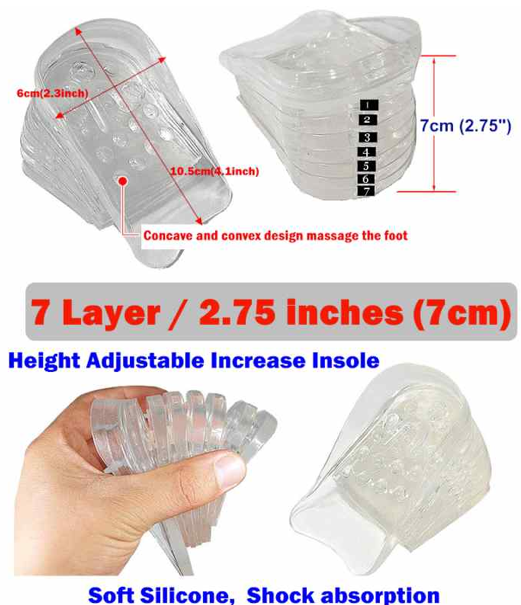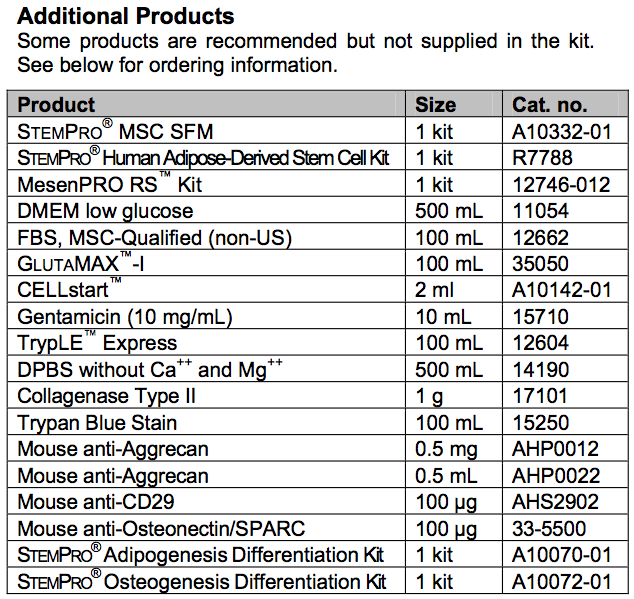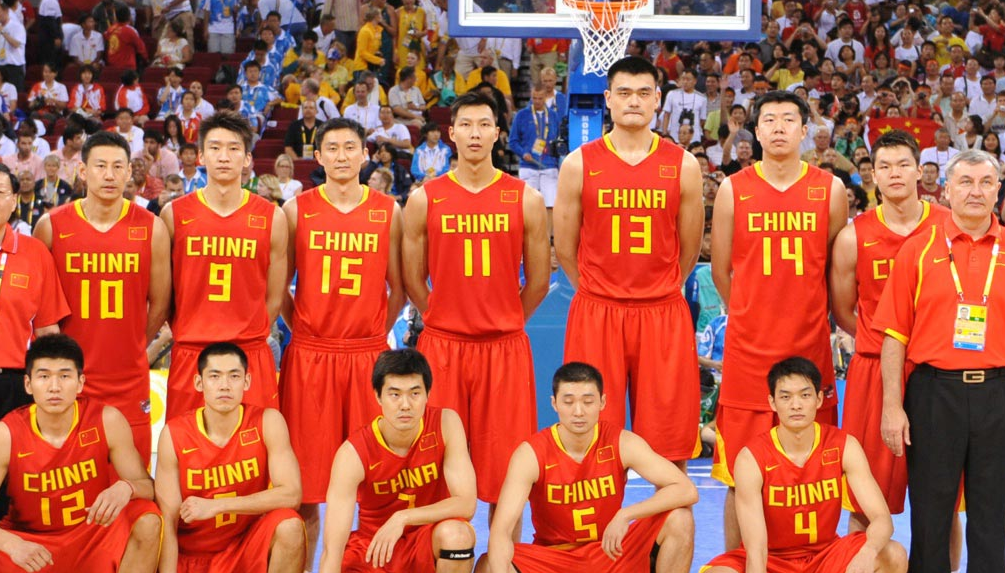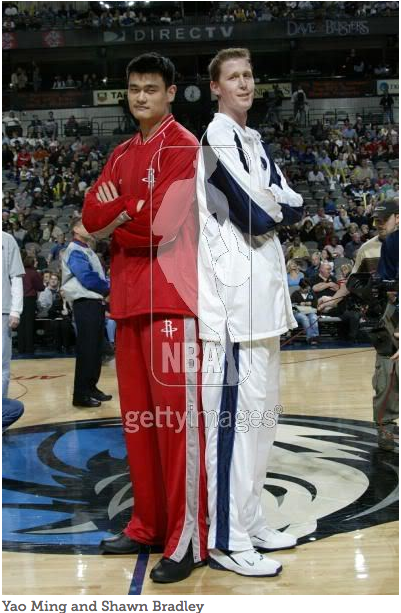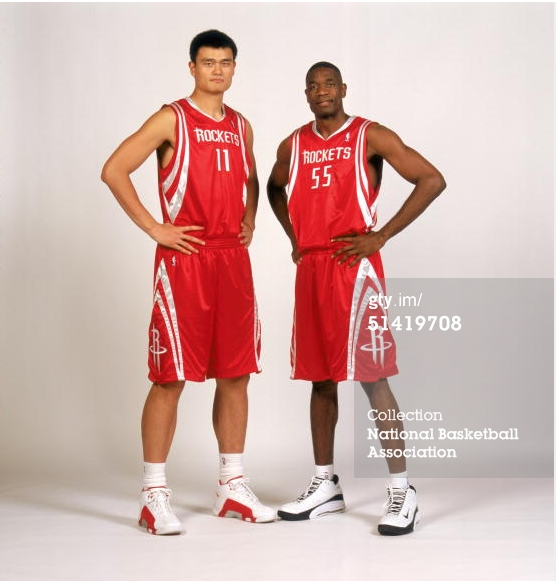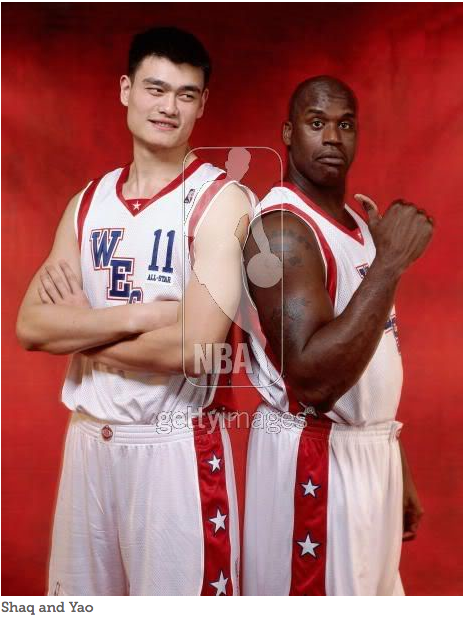[Update 3: So after careful consideration and thought I have decided not to activate the forum for this website. I have thought over the mistakes, problems, and issues that I have seen in previous discussion boards dealing with height increase and I think that if I allowed the forum to be activated, the discussion forum will inevitably end up in the same state. I can not dedicate that amount of time and energy to such a small section of the site. The sections will still be around but there will be a VERY CLEAR SIGN that says that the forum is NOT activated. Maybe some time long down the road when the website is more stable and has a larger community, and I can find good help, I’ll turn the forum on for use.]
[Update 2: I was just informed earlier today from a message on here and on the website email by my collaborator on this project Nicki that the GrowTaller forum/board was shut down. The cause has something to do with drama, politics, and it resulted in many account members being upset with the people who were running the place. Overall, it seems to suggest that the idea of having a forum/board may not be a very good idea. I have figured how to allow other people on the website to edit and post stuff now but I am hesitant to activate the feature since it would both change the graphical layout of the website and also lead to more message board human caused issues.]
[Update: I have decided to add the feature of a forum to this website. However since I am using the bbPress Plugin I seem to be the only person who can actually go in and edit things and post. It will take me a while before I can figure out how to turn that section into a real community discussion board and have other people stop by, login, and communicate with each other.]
So My application to join the GrowTaller forum or board was denied. I got a short and curt message in my inbox. I personally have never been ever denied in terms of application to ever join a board or forum before. This is a first for me.
I now know of maybe 7+ forums or boards on the internet that talks and deals with height increase (at least the ones in english, I would assume there are boards found in other languages). They are…
1. Impartial Height Increase Message Boards – Almost no activity on there anymore.
2. Giant Scientific – This website is still one of the most vast and intensive. The activity has dropped a lot since 2006.
3. GrowTallerForums.com – This seems to be where Hakker was a member
4. Make Me Taller – This website is focused mostly on using limb lengthening techniques and strategies to increase height.
5. GrowTaller – Where I got denied of an account.
6. LSJL forum – I posted 2 posts, one for the $10,000 challenge and another one which I don’t remember.
7. Maybe 3-4 other height increase forums and boards who used the old Forum54 platform, all of them also very dead of activity. I found out about these boards from the Short Support Website webpage link HERE.
So in my effort to join these boards, I have not really been successful. My application to get an account on Giant Scientific I either never got a message or I don’t remember that the email was sent but I do think (not sure since my memory is fuzzy on this one) I never posted anything on there. I don’t think I applied to get into Make Me Taller because the people on there are really xenophobic of outsiders and don’t want to believe that anything else besides limb lengthening is possible. They are not that accepting of alternative ideas. The Impartial Height Increase Message Board and the other boards on #7 have almost no activity so I never tried to join them. I think I tried to apply for a account on the GrowTallerForum but I never got a reply back on my application. There is a LSJL forum which I applied and got a membership in. That one was the only one that actually worked. And earlier today I get a message saying my account application for GrowTaller was denied. That makes it one application success out of 4. However this is the first time I ever got an email back stated blatantly that my application was rejected. Most forums and boards that have not accepted me before just never bothered to give a reply or message. I always just assumed that the admins and moderators chose never to hit the accept button or chose to ignore the email messages.
So this height increase forum or board is completely new to me and I didn’t even know it existed until my collaborator for the website told me that they and another frequent reader (and poster) of this website that they frequented this boards. Apparently this is where the person who goes by the username Alkoclar (spl?) is found and has been talking about a type of compound or “stuff” that can supposedly reverse the growth plate cartilage ossification process.
One thing I did learn and takeaway is that the GrowTaller Board is built on a platform called ProBoards. The link for the ProBoards website is right HERE. On the front page is a claim that says that using ProBoards I can create and build my own forum for FREE and that it takes less than 1 minute. I kind of sounds a attractive to me. However, I know and have been on many internet message boards and forums to know that sometimes these forums can build up and turn into place where there is A LOT OF DRAMA. People on them can private message (PM) the moderators and ask them to ban or suspend other people and stuff and drama just gets out of control. I am really hesitant about this idea first because the main panel on the website is already filled up with sections like “downloads” and “endocrinology”. I guess I could choose just to push the sections “orthopaedics” and “endocrinology” together under one main panel section header and leave the “gene database” by itself and create a section for a “forum” section to resolve the issue with website aesthetics. However, I also realize that moderating and dealing with a forum requires a lot of dedication, time, commitment, and stuff to do like forum maintenance, and operating resources.
If I get enough feedback from the other people/ readers of this website and the overall decision is a positive one, I’ll either try to get a forum to operate as a section of the main website or just put a link that is separate but with the same name in terms of association like “Natural Height Growth Boards” or something. However I would want at least a dozen responses from a dozen different regular website visitors for this post. I also don’t want to a start another internet forum only to have no one going to it and hearing the sound of crickets.
So my last question is “Should I create a forum for this website?”
Just check out the email I got from them below. I snipped it using the Mac OS6 hotkey Shift+Command+4.


